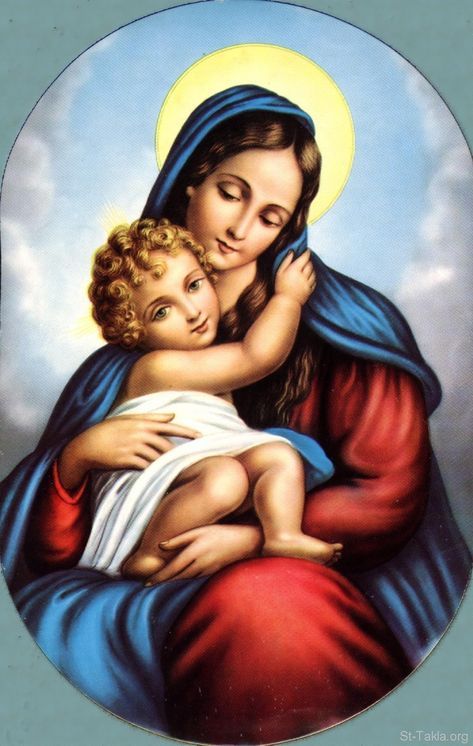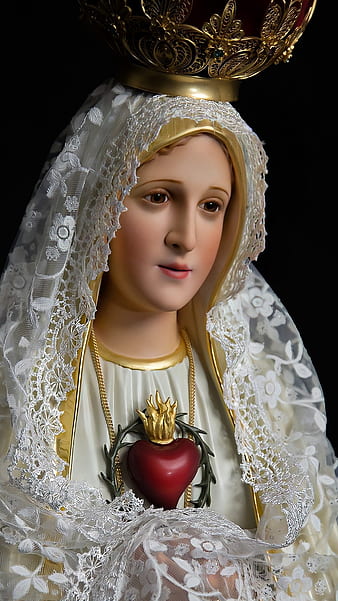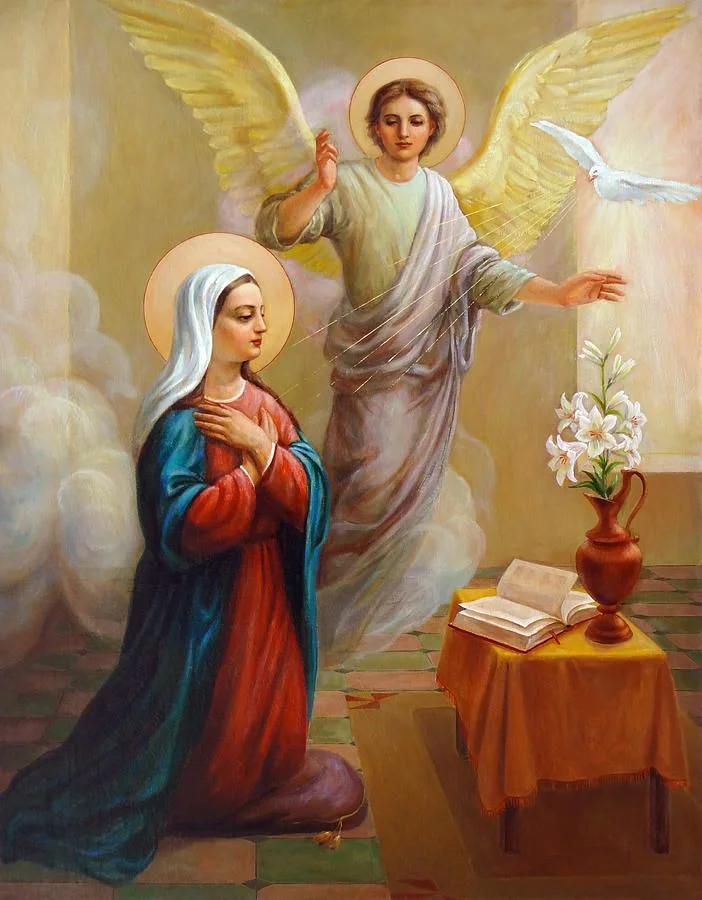The Power of Entrusting Our Intentions to Mary

Updated at: 2023-08-05 13:20:30 (1 year ago by Melkisedeck Leon Shine)
The Power of Entrusting Our Intentions to Mary 🌹
-
The Virgin Mary, the Mother of God, holds a special place in the hearts of millions of Catholics around the world. 🙏🏻 Her unwavering faith, humility, and obedience to God's will make her a source of inspiration for all believers.
-
One powerful practice in the Catholic faith is entrusting our intentions to Mary. Whether it is seeking guidance, praying for healing, or asking for intercession, Mary is always there to listen and advocate for us before her son, Jesus Christ. 🌟
-
We can find numerous examples in the Bible where Mary's intercession led to miracles and answered prayers. One such example is the Wedding at Cana, where Mary noticed the lack of wine and brought the matter to Jesus. Through her intervention, Jesus performed His first public miracle, turning water into wine. This reminds us of Mary's role as the mediatrix between us and her Son. 🍷
-
The Catechism of the Catholic Church teaches us that Mary's role as the Mother of God and her cooperation with God's plan of salvation make her a powerful intercessor. She is not worshipped, but venerated, as she leads us closer to her Son. 🌹
-
Saints throughout history have also testified to the power of entrusting our intentions to Mary. Saint Louis de Montfort, a great Marian devotee, said, "When we praise her, love her, honor her, and give ourselves to her, we are showing our love for Jesus Himself." 🌺
-
Mary's faithfulness and obedience to God's will make her a perfect model for us to follow. By entrusting our intentions to her, we acknowledge our need for guidance and rely on her maternal care to lead us closer to Jesus. 🔗
-
One important aspect of entrusting our intentions to Mary is the Rosary. This beautiful prayer allows us to meditate on the life, death, and resurrection of Jesus Christ while seeking Mary's intercession. 📿
-
The Rosary has been a cherished Catholic devotion for centuries, and countless miracles and graces have been attributed to its practice. By praying the Rosary, we invite Mary into our lives and open ourselves up to the transformative power of God's love. 💫
-
The foundation of our trust in Mary lies in her unique role as the Mother of God. The Bible clearly states that Mary became pregnant through the power of the Holy Spirit and gave birth to Jesus, the Son of God. This truth strengthens our faith and gives us confidence in Mary's intercession. 🌟
-
As Catholics, we are called to imitate Mary's virtues and entrust our intentions to her loving care. Just as she cared for Jesus during His earthly life, she continues to care for each one of us as her spiritual children. 💖
-
In Luke 1:45, Elizabeth exclaims, "Blessed is she who believed that there would be a fulfillment of what was spoken to her by the Lord." This verse reminds us of Mary's unwavering faith and the power of believing in God's promises. 🌈
-
The Catholic Church has always upheld the importance of Mary's intercession. In fact, Pope Pius IX declared in 1854 that Mary was conceived without original sin, emphasizing her unique role in salvation history. This dogma, known as the Immaculate Conception, further highlights Mary's power and purity.✨
-
Through the centuries, countless miracles and graces have been attributed to Mary's intercession. From healing the sick to providing comfort and guidance, Mary's loving presence in our lives is a testament to her maternal care for all believers. 🌟
-
When we entrust our intentions to Mary, we acknowledge our dependence on God's grace and recognize Mary as a powerful ally in our spiritual journey. Her love and compassion extend to every aspect of our lives, and she desires to lead us closer to her Son. 🌹
-
So, dear readers, what are your thoughts on entrusting our intentions to Mary? Have you experienced the power of her intercession in your own life? Share your thoughts and experiences in the comments below! 🌺🙏🏻




